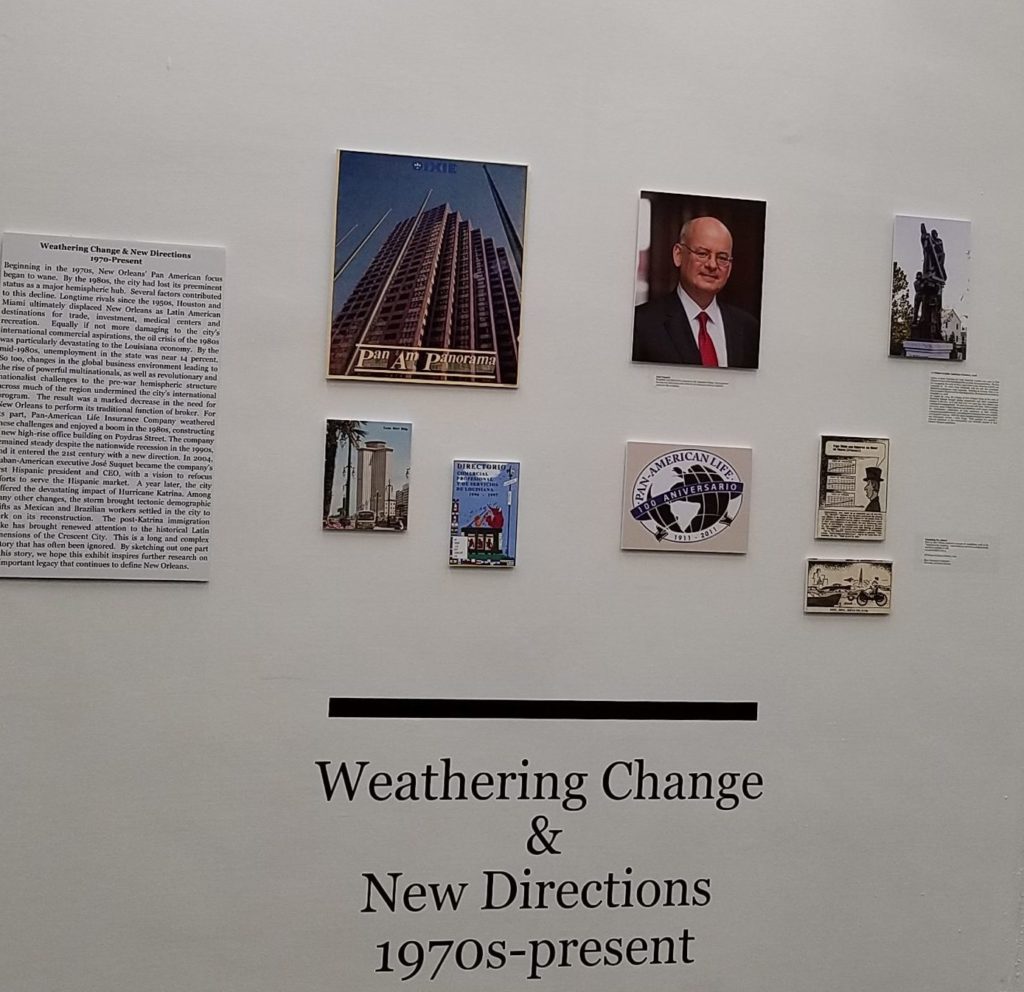Beginning in the 1970s, New Orleans’ Pan American focus began to wane. By the 1980s, the city had lost its preeminent status as a major hemispheric hub. Several factors contributed to this decline. Longtime rivals since the 1950s, Houston and Miami ultimately displaced New Orleans as Latin American destinations for trade, investment, medical centers and recreation. Equally if not more damaging to the city’s international commercial aspirations, the oil crisis of the 1980s was particularly devastating to the Louisiana economy. By the mid-1980s, unemployment in the state was near 14 percent. So too, changes in the global business environment leading to the rise of powerful multinationals, as well as revolutionary and nationalist challenges to the pre-war hemispheric structure across much of the region undermined the city’s international program. The result was a marked decrease in the need for New Orleans to perform its traditional function of broker. For its part, Pan-American Life Insurance Company weathered these challenges and enjoyed a boom in the 1980s, constructing a new high-rise office building on Poydras Street. The company remained steady despite the nationwide recession in the 1990s, and it entered the 21st century with a new direction. In 2004, Cuban-American executive José Suquet became the company’s first Hispanic president and CEO, with a vision to refocus efforts to serve the Hispanic market. A year later, the city suffered the devastating impact of Hurricane Katrina. Among many other changes, the storm brought tectonic demographic shifts as Mexican and Brazilian workers settled in the city to work on its reconstruction. The post-Katrina immigration spike has brought renewed attention to the historical Latin dimensions of the Crescent City. This is a long and complex history that has often been ignored. By sketching out one part of this story, we hope this exhibit inspires further research on an important legacy that continues to define New Orleans.
The gallery of images available above left provides a visual narrative of these events taking place between 1970 and the present.

Physical exhibit at The Latin American Library.